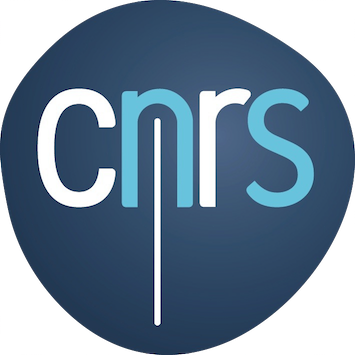Abstract
Multifractal analysis enables the theoretically sound and practically robust study of the fluctuations in the regularity of image intensity, quantifying complex transient higher order dependence and heterogeneity in image texture. The use of this mathematical framework yielded many remarkable successes in applications, for data of very different nature and in diverse disciplines ranging from Physics over Art to Biomedical, to name but a few.The relevant analysis in applications yet remains fundamentally tied to the assumption that data can be characterized using one single homogeneous texture. However, in many current real-world applications data are multidimensional and represent several objects - hence are naturally non-homogeneous - that may interact in an intricate manner along their boundaries. Ultrasound imaging for pancreatic cancer follow-up, the leading application of this proposal, constitutes an emblematic example for this case. These inherent rich heterogeneous properties are central to data characterization but question the founding relations of multifractal analysis, linking regularity fluctuations to power laws that can be robustly assessed. This explains why this powerful image analysis tool remains so far rarely used in such contexts, and essentially limited to computing global fractal dimensions and texture statistics. This lack of adequate tools for assessing the rich and complex reality of pancreatic cancrogenesis critically impairs the use of medical imaging for detection and monitoring.
To address this crucial shortcoming, the central thread of the MUTATION project is to
* construct the theoretical foundations for the multifractal analysis of non-homogeneous, multidimensional data with complex interfaces, and build the corresponding practically robust and accurate statistical estimation framework and
* conduct the accurate space-time quantitative analysis of pancreatic cancer progression, from in vivo ultrasound images, for screening, diagnosis, early detection and follow-up, and to assess the functional role and relevance of tumor heterogeneity.
This global goal resonates the core of a novel research theme to be unfolded and is translated into an original and innovative research program, structured into three Challenges that each address major scientific deadlocks: i) complex boundary and ii) non-homogeneous multidimensional multifractal analysis, and iii) quantitative ultrasound imaging for pancreatic cancer. To lead to success this ambitious scientific project - coupling functional analysis developments with statistical models to unfold their full potential for high-stake pancreatic cancer follow-up - an excellent young research team has been assembled, building up from previous pairwise collaborations, covering all relevant fields of expertise and incorporating world-renown experts for contributing to theoretical and applied developments at the edge of current knowledge. This trans-disciplinary and transversal project will output robust innovative methods for the analysis of images and volumes, integrated as scientific toolboxes to be shared with the research community and popularized in research schools, tutorials and special sessions, and professional software libraries for dedicated use in medical imaging applications.
MUTATION's declared goal is to yield significant scientific and societal impact beyond methodology by tackling fundamental issues in pancreatic cancer follow-up, including the functional role of irregularity in tumor development, or the correlation of time-space tumor heterogeneity with treatment efficiency, scientifically nourishing, e.g., in vivo screening and early detection, or innovative targeted treatment therapy development. The developed tools are also of great interest to other scientific communities and are targeted to lead to important socio-economic impact in a range of other high-tech applications, such as remote sensing, cultural heritage and geophysics.
